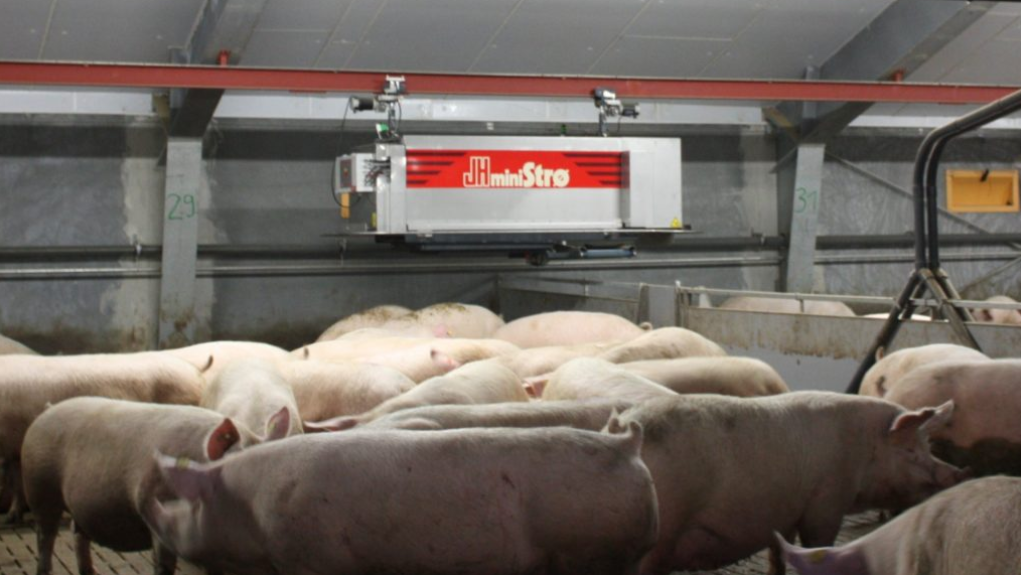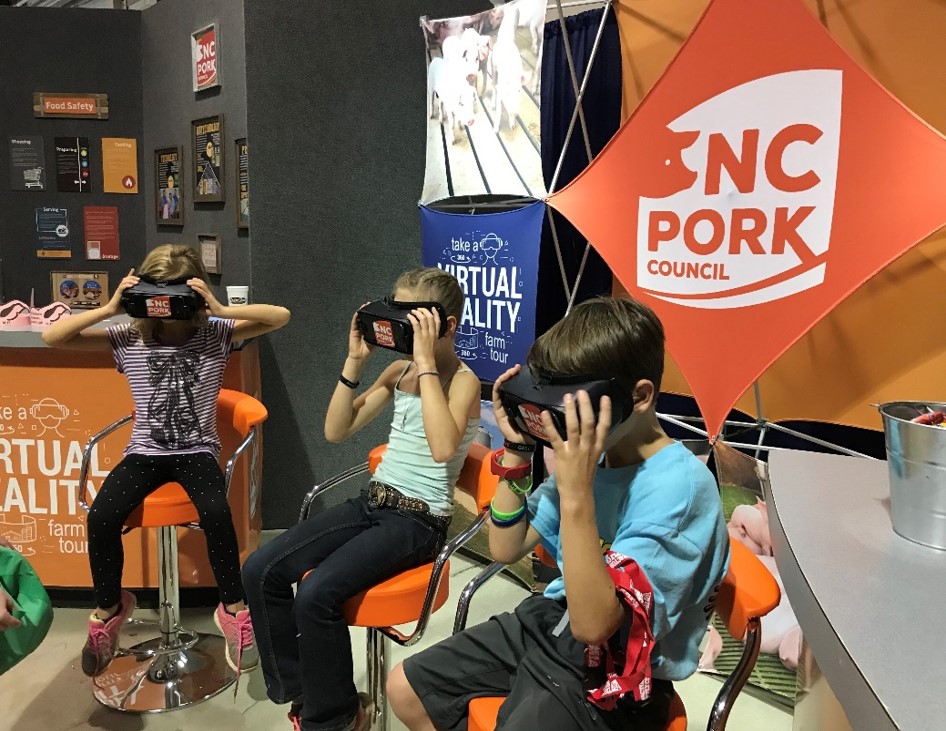



Nine digital technologies transforming pig production in 2019
How will hog production be affected by the rise in digital technologies for agriculture, and what products are already available to be tried and tested?Words: Aidan Connolly, President, Agritech Capital
From a technology standpoint, agriculture actually hasn’t changed that much since the industrial revolution. Some might say raising pigs hasn’t changed much since the first were domesticated 6,000 years ago. And yet it is clear that other industries are being disrupted at a faster and faster rate, supported by billions of dollars from venture capital investors while a new ecosystem of incubators, accelerators and shared workspaces to support startups is kickstarting a faster and faster cycle of innovation.
Digital technologies are on the rise and the winds of change also threaten to transform agriculture. Perhaps we will see producers transition from farming pigs to farming data. How will the hog production be affected and what technologies are already available?
At the last PIC leadership conference, I outlined nine digital technologies with the potential to transform pig production, also covered in more depth in a blog published on my LinkedIn page. Swine producers and consumers (prosumers!) can both benefit from these technologies that offer the opportunity to improve processes, increasing productivity and efficiencies while making the animal production process safer for both humans and animals alike.
1. Artificial intelligence (AI)
Facial recognition of pigs may sound far-fetched, but it is already a reality thanks to AI. AI uses algorithms to mimic human decision making. Often used in conjunction with hardware technologies which collect data, such as robots, sensors and machine vision. Recognition systems tract individual pigs in the pen, monitor feed & water intake, movement, etc., identifying and even suggesting the ideal feed programme for pigs. To address smothering sows, several companies have designed technologies to alert producers or even prompt the sow to move (SwineTech) should she be suffocating her babies. Other companies use machine vision and 3D cameras to monitor a pig’s tail posture which can indicate potential for increased tail biting, allowing producers to act preventatively.
2. Robots
Robots can improve animal welfare, safety and production in swine production. They don’t tire, can do heavy work and do so 24/7. The Boar Bot (Swine Robotics) is designed to help the boar check sows for heat. Robots cleaning facilities improve conditions and address environmental and societal concerns such as reducing odour, emissions and animal welfare and improve sanitation. From a processing standpoint, robots can vastly improve safety by replacing the more dangerous roles in meat processing and packing and use AI to cut the meat in the most efficient manner increasing profitability.

Image courtesy of JH Agro
3. Sensors
Sensors similar to ‘Fitbits’ in the form of wearables are creating a lot of interest in the pig industry. They can provide one of the primary pieces of the data collection puzzle, allowing farmers to track animals on an individual basis and monitor health in real time. Sensors can alert farmers to illness concerns, heat cycles, food and water intake, anything that is critical to productivity. Aside from wearables, fixed sensors can record house ammonia levels, dust, humidity and temperature.
4. 3D printing
Although progress is somewhat slower than some of the other technologies, 3D printing offers the opportunity for farmers to print parts or pieces for machinery or equipment, allowing the producer to save time which would have been lost waiting for delivery or repair. This technology could be particularly beneficial in rural areas. 3D printing of certain foods such as pizza and chocolate is already a reality.
5. Drones
Drones are greatly beneficial in many agricultural applications, particularly crop production, but there is less occasion for their use in the pig industry at present. The primary opportunities would be with outdoor pig systems, potentially checking herds and relaying status of their location or health.
6. Virtual reality (VR)
Several companies and organisations (eg, McDonalds, North Carolina Pork Council) already use VR to offer consumers virtual tours of their pork producers. These range from grain harvesting, to taking viewers inside of sow or finishing barns. VR can also be used for education and training, particularly in areas of veterinary medicine and production facilities.

Image courtesy of NC Pork Council
7. Augmented reality (AR)
AR can add information to what the viewer sees with their eyes and can use light spectra that the human eye cannot. Examples for use include enhanced decision making by production workers, machine repair or for certification and inspection during auditing processes. Allied to AI, errors can be caught faster, reducing processing hazards before they become dangerous. In the processing plant AR allows the opportunity to see potential food borne illness concerns, such as bacteria on food, and avoid food scares.
8. Blockchain
Often discussed, but rarely understood, blockchain is an online documentation system which allows users to hold records of transactions confidentially in distributed ledgers maintaining confidentiality for all of those involved in the transaction. A simple definition, but it becomes increasingly clear to those in the food and agriculture supply chain that blockchain allows: better traceability, increased food safety, improved payment systems, lower costs of production and logistics, and opportunities for new ventures and business growth. It’s no wonder Walmart and IBM are already using it with pork and other products in china.
9. Internet of things (IOT)
Everyone is talking these days about precision agriculture. We could never get there if it weren’t for IOT. It is the technology that connects all others, allowing for robots and sensors to transmit data and machines to alert farmers if there are malfunctions. While much of pig farming is still rural, therein lies the struggle with these technologies. Fortunately programmes such as the EU’s funded project ALL-SMART-PIGS are preparing to use IOT connect the swine industry.
These are the nine digital technologies with the greatest potential to influence pig production in 2019. Technologies that allow pork producers to address the mega trends: our growing global population with an increasing middle class, the continued interest in pork as a healthy protein, the demand from consumers for safer food and the need to demonstrate approved animal welfare practices. Producers must consider how these technologies can best serve them and which to adopt in order to increase efficiencies and profitability, for this is where the future of pig farming is headed.









